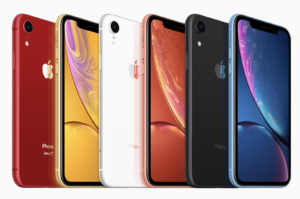
Like clockwork, this time every year Apple announces a new generation of iPhones.
And this year there have been some pretty significant jumps when it comes to mobile internet capabilities - with the new models checking off pretty much every item on the cellular connectivity wish list.
The flagships iPhone XS & iPhone XS Max in particular are now true gigabit-class LTE devices, but even the new more budget-friendly iPhone XR has a lot of new cellular tricks up it sleeve.
In particular - the new dual SIM feature will be a boon for international travelers, as well as for domestic nomads seeking carrier redundancy.
Last year's iPhones were a step behind (read our analysis) the latest Android flagships on the connectivity front. But on paper at least, the new iPhones are impressive beasts - offering pretty much every cellular technology possible in the pre-5G world.
But we will have to wait to see if the new cellular modem Intel designed for Apple is able to match the real world performance of the proven Qualcomm gigabit LTE modems now found in most Android flagships.
Lets dive into what is new...
Our Video Re-Cap of the Cellular Data Features:
Like video updates? Subscribe to our YouTube channel
XS & XS Max Only: Gigabit LTE with 4x4 MIMO
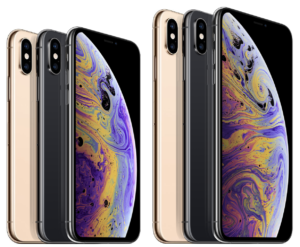
The secret to pushing LTE to its theoretical limits is to enable simultaneous connections on multiple LTE bands, and to allow those connections to double or quadruple speeds by using 2x or 4x antennas simultaneously.
Most LTE devices have always supported 2x2 MIMO, but building four antennas into a device the size of a phone is tricky indeed.
The iPhone XS accomplishes this trick - with support for 4x4 MIMO to allow cellular networks to kick into overdrive when the signal is good. And when the signal is weaker, four antennas can combine to focus more intently on a single signal - theoretically improving fringe area performance substantially too.
In addition to 4x4 MIMO, the iPhone XS also supports another key enabler of gigabit LTE, a technology known as LTE-LAA (aka LTE Band 46) that lets cellular carriers tap into unused and unlicensed Wi-Fi spectrum to offer crazy fast speeds over short ranges.
Verizon, AT&T, and T-Mobile have all begun to use LTE-LAA in some of their most congested urban areas, and the iPhone XS will be able to automatically tap into these VIP express lanes now.
The iPhone XR is lacking 4x4 MIMO and LTE-LAA support, and remains capable of peak theoretical LTE speeds of only 600Mbps, like last years models.
But in every other way - the XR should match the new cellular features found in its more expensive siblings.
LTE Band Bonanza
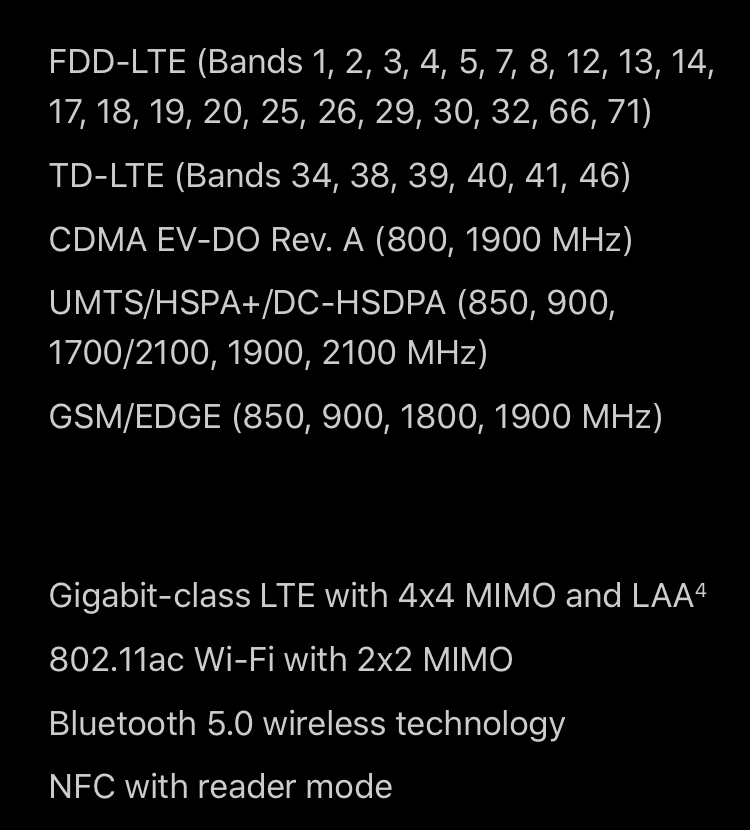
All of the new iPhone models support 27 LTE bands - which includes all of the LTE bands currently supported by every US and Canadian carrier, as well as very nearly every global roaming band you might encounter.
Here are the new highlights:
- T-Mobile's 600MHz LTE Band 71 - T-Mobile's ongoing massive coverage expansion is dependent on 600MHz LTE Band 71. If you are a T-Mobile customer, seeking out a Band 71 compatible device is the key to the best possible coverage and future proofing. This is the first iPhone model to include it.
- AT&T's FirstNet LTE Band 14 - AT&T's FirstNet network is designed to give priority to first responders, but even regular customers will be able to tap into this extra nationwide capacity if they have a compatible phone.
- Sprint's HPUE LTE Band 41 - Sprint's "High Performance User Equipment" technology promises to improve cell tower range for beleaguered Sprint customers - but only for those with compatible devices. It is great to see the new iPhones at last supporting this technology.
- LTE Band 66 - Though this was new in last year's iPhone models - Verizon, AT&T, and T-Mobile are all now actively expanding onto LTE Band 66. If you have an older device, you might be missing out on some of this new capability.
- MISSING: LTE Band 28 - There is one minor regression with the new iPhone models - the US versions drop the support for LTE Band 28 that had been previously included in the iPhone X and iPhone 8. This band is not used in the United States or Canada, but it is occasionally used overseas and its lack might impact your roaming capabilities slightly.
So from the cellular band perspective alone - there are compelling reasons to upgrade for all the major carriers for maximum future proofing and coverage.
Universal Model
In many past years there have been two variations of every iPhone model in the US - forcing people to give up (for example) future full compatibility with Verizon if they happen to have bought a phone from AT&T. Only by specifically seeking out the "universal" version direct from Apple could you be guaranteed a phone that could be easily switched between different carriers.
This year, with the iPhone XS, XS Max and XR there seems to be just a single universal US version!
For us nomads who regularly switch carriers, this flexibility is great - and it also makes it a lot easier to sell or pass an older phone onto a new owner.
But... there is still the possibility of ending up locked to a single carrier!
Apple's sales FAQ warns:
"Regardless of the carrier you choose, iPhone is designed to support AT&T, T-Mobile, Sprint, and Verizon. If you choose carrier financing from AT&T or Verizon, your iPhone will be tied to your carrier."
It is currently unclear whether this tie is only for the duration of your financing, or if the lock may be permanent.
To be safe, if you are interested in using your iPhone on multiple carriers be SURE to avoid carrier financing programs. If you purchase and finance through Apple though, you will face no restrictions and your phone will come unlocked from the start.
But... Not Globally Universal
While there is only a single model of each new iPhone in the USA, models sold overseas ARE slightly different.
If you happen to buy an iPhone overseas, or somehow end up with a grey-market import - do be aware that most international versions lack T-Mobile's LTE band 71 support, but instead have LTE band 28.
The specific US model numbers to look out for are A1920 (iPhone XS) and A1921 (iPhone XS Max).
Dual SIM Support: Two Carriers, One Phone
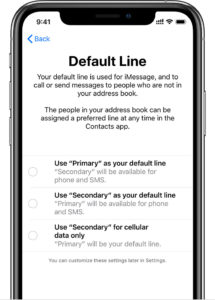
One headline feature announced for the new iPhones (XS, XS Max and XR) is support for "Dual SIM, Dual Standby" or DSDS - allowing you to have two active plans (and numbers) on one phone.
You can even have plans on two different carriers!
You can easily switch which line is active for your data plan, or for outgoing calls and text messages. And because both lines are able to be kept in active standby at once, you can receive calls and text messages on both numbers.
This is a handy way to tap into local service plans while traveling, carry two carriers of your choice for redunancy, have both a business and a personal line, or to keep a separate voice plan and a data plan.
And the best part about dual SIM - being subject to twice as many spam robocalls!
Dual SIM phones have been popular overseas, and especially so in China - but in the US carriers have been reluctant to allow customers this amount of flexibility.
Apple seems to have managed to get all the major carriers on board.
Mostly...
Apple does point out a few limitations:
"To use two different carriers, your iPhone must be unlocked. Otherwise, both plans must be from the same carrier. If a CDMA carrier provides your first SIM, your second SIM won't support CDMA."
The CDMA limitation is minor - Sprint is the only network still widely dependent on falling back to a CDMA connection, and only if you are trying to have a Sprint and Verizon SIM active will you ever likely run into issues caused by this.
The locked issue is more concerning - and is all the more reason to purchase an iPhone directly from Apple rather than from a carrier directly to make absolutely sure your phone is unlocked from day one.
Apple enables dual SIM support by allowing for one traditional physical SIM, and then one software-defined "eSIM" that you will actually "install" into your phone by scanning a QR code from your carrier. The Chinese model of the new iPhones will however have two physical SIM slots.
The eSIM feature, and thus dual SIM in the US, however will not be available at launch - and will come later this year via a software update.
So don't anticipate being able to immediately carry around two phone plans until that feature is enabled.
There are a few concerning tidbits about this in the fine print too:
"eSIM will be available later this year through a software update. Use of eSIM requires a wireless service plan (which may include restrictions on switching service providers and roaming, even after contract expiration). Not all carriers support eSIM. Use of eSIM in iPhone may be disabled when purchased from some carriers. See your carrier for details."
We will be digging deep to better understand just what these restrictions and limitations might be. Carriers forcing restrictions that linger even after a contract expires is just not cool at all.
Conclusion: Is Intel Up For Competing With Qualcomm?
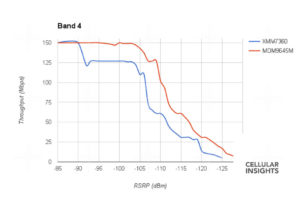
It. remains to be seen whether Intel has managed to close the gap with its latest generation.
As we wrote about last year, Apple is in long running billion-dollar feud with the worlds leading cellular modem chipset manufacturer Qualcomm.
For the first time this year - Apple has removed Qualcomm LTE modems entirely from its new product line, instead relying on a new LTE modem chip it has worked closely for years with Intel to create.
In the past, Intel's LTE modems have lagged behind Qualcomm substantially - especially in fringe area performance. The difference was significant enough that we put out guides on how to make sure you ended up with a Qualcomm-powered iPhone.
But this year, Intel is the only option.
On paper Intel's new modem chipset at last matches the features Qualcomm has been touting for years, but will the new iPhone lineup really be able to reach peak performance?
We'll be eager to find out - and will update this story if any solid technical analysis reveals any surprises once the new phones ship.
Pre-order for the new iPhone XS and XS Max start at midnight tonight (technically Sept 14th,12:01 AM PDT), and it ships a week later. The iPhone XR will follow along on October 19th.
iPhone 7 and iPhone 8 Remain Available
This year, Apple is keeping the iPhone 7 and iPhone 8 models available for sale new at lower costs. For our overview and recommendations on specific model selection, please refer back to these articles:
- Apple's iPhone X and iPhone 8 (2017 Release): Cellular Performance Potential Analyzed
- Apple's New iPhone 7 (2016 Release) : Understanding Carrier Models & Cellular Limitations
Further Guides Related To This Article:
- Understanding MIMO (Multiple Input, Multiple Output) – LTE Speed & Cell Booster Implications
- Understanding LTE Modem Specifications And Selecting Cellular Devices
- The Four Major US Carriers: Verizon, AT&T, T-Mobile and Sprint; Which is Best for RVers & Cruisers?
- Cellular Evolution: 2G Thru 5G, And Beyond!
- Smartphone Selection Tips
Bonus Member Only Content Available!
We go extra for our premium members - who make this resource center possible (did you notice the lack of 3rd Party advertising?). We have included some additional information in this news article just for our members - analysis, guidance and/or insider tips.
If you're not yet a member, please consider joining us. Extra content like this is one of the many perks we offer - in-depth content, guidance, discounts, alerts, classroom and more.
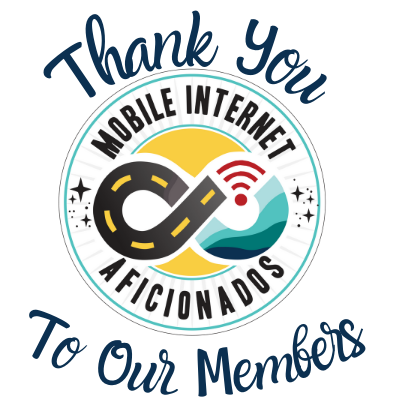
If you are already a member, please log in above to see the special content we have prepared for you.
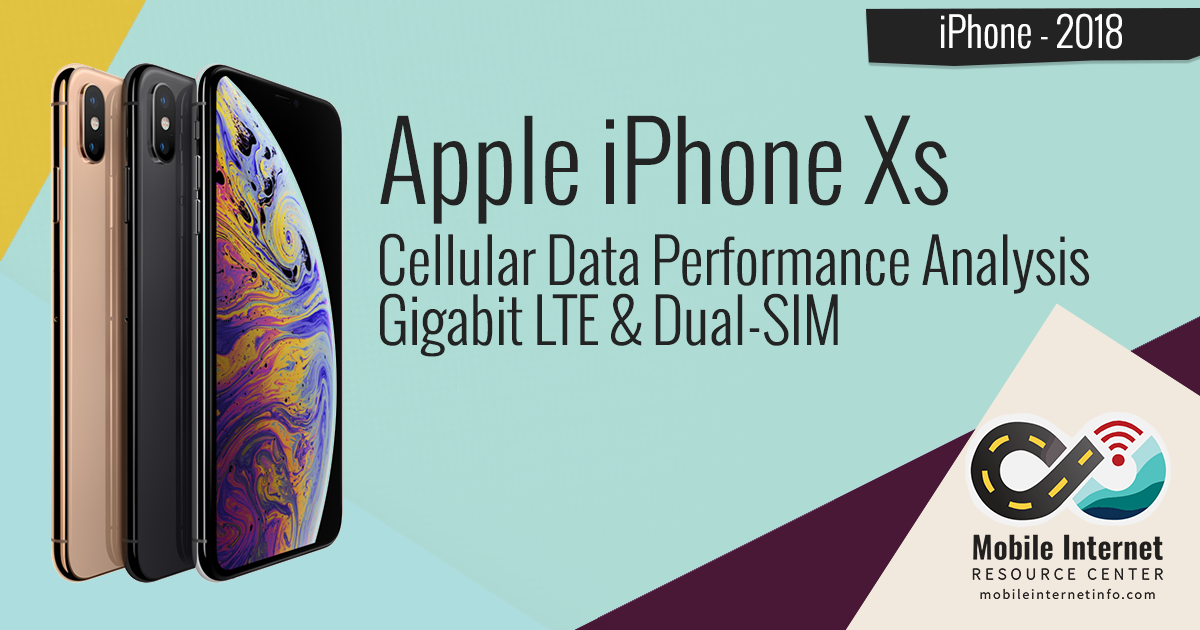

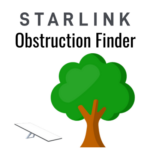
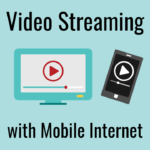




 Mobile Internet Resource Center (dba Two Steps Beyond LLC) is founded by Chris & Cherie of
Mobile Internet Resource Center (dba Two Steps Beyond LLC) is founded by Chris & Cherie of